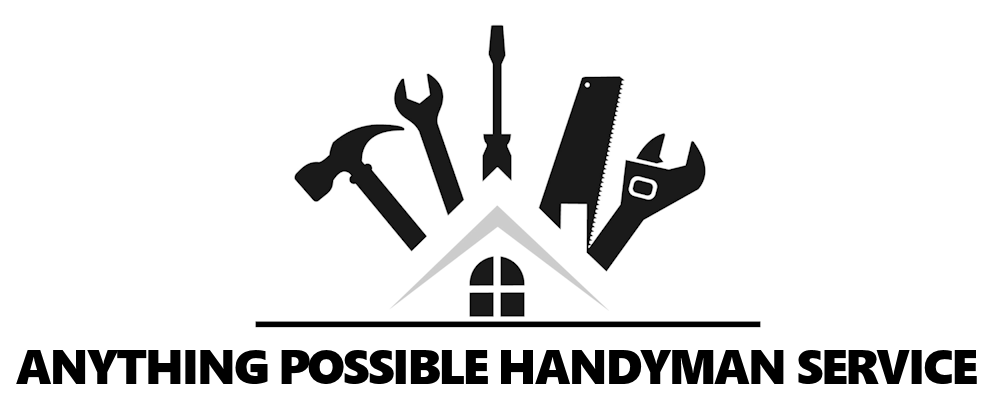Regular home inspections are fundamental to responsible homeownership, protecting both your property and investment. As seasons change, so do the demands on your home’s systems, making consistent monitoring essential for maintaining your property’s value over time. From checking HVAC efficiency to ensuring structural integrity, these routine examinations help identify small issues before they escalate into costly emergencies.
Experts recommend thorough inspections at least bi-annually, with many homeowners opting for quarterly reviews to stay ahead of maintenance needs. This proactive approach not only preserves your property’s value but also contributes to a safer living environment. Simple tasks like changing air filters regularly might seem minor, but they can prevent major system failures and extend the lifespan of expensive home components.

- Regular handyman services can significantly reduce the chances of major repairs in HVAC systems. Source: anythingpossiblehandyman.com
The changing seasons provide natural reminders for important maintenance tasks that protect your home. During spring and fall, focusing on your HVAC system by changing filters and scheduling professional tune-ups ensures efficient operation when you need it most. These simple bi-annual checks are crucial for preventing unexpected breakdowns during peak usage seasons. Additionally, seasonal inspection of your home’s exterior components—particularly after severe weather—helps identify potential vulnerabilities before they compromise your property’s value.
Winter and summer present unique challenges to home systems, making these ideal times for thorough inspections. Summer inspections should focus on cooling system efficiency, proper attic ventilation, and checking for pest intrusions that often occur during warmer months. Winter inspections typically address heating system performance, checking for drafts or insulation issues, and ensuring proper weather sealing. By maintaining this seasonal vigilance, homeowners can preserve their property’s value while avoiding the inconvenience and expense of emergency repairs.

- Invest in regular home projects to prevent costly emergencies. Source: anythingpossiblehandyman.com
The financial wisdom of regular home inspections becomes clear when comparing maintenance costs against emergency repairs. A small investment in preventative maintenance—typically a few hundred dollars annually—can save homeowners thousands in unexpected repair bills. For example, regularly changing a $20 HVAC filter can prevent a $5,000 system replacement, demonstrating how these minor expenses protect your property’s value in the long term.
Beyond immediate cost savings, proper maintenance contributes significantly to maintaining and even increasing home value. Well-maintained properties consistently command higher resale prices and sell more quickly than neglected homes. Real estate professionals confirm that homes with documented maintenance histories reassure potential buyers and justify higher asking prices. By approaching home care as an ongoing investment rather than a series of reactive repairs, homeowners maximize their property’s value while minimizing financial surprises.

- Use professional services for critical inspection areas. Source: anythingpossiblehandyman.com
While homeowners can competently handle many inspection tasks, certain systems demand professional expertise. DIY inspections often focus on visible elements: checking for water stains, testing smoke detectors, or inspecting weather stripping. These homeowner-conducted assessments provide valuable early warnings but should complement rather than replace professional evaluations of more complex systems. Expert technicians bring specialized knowledge and equipment to detect issues that might escape the untrained eye, particularly in electrical systems where safety concerns are paramount.
Professional inspectors evaluate critical home components from a holistic perspective, understanding how various systems interact. They can identify potential issues in plumbing systems before leaks develop, recognize early signs of structural compromise, and ensure electrical systems meet current safety codes. These specialized assessments typically cost between $300-$500 annually but provide thorough documentation of your home’s condition while protecting your property’s value. Most experts recommend balancing monthly homeowner inspections with annual or bi-annual professional evaluations for optimal home maintenance.

- Stay organized with your home maintenance checklist. Source: anythingpossiblehandyman.com
Creating a seasonal maintenance checklist helps homeowners stay organized and ensures no critical tasks are overlooked. Spring inspections should focus on assessing winter damage to roofing, checking gutters and downspouts for proper drainage, inspecting the foundation for cracks, and servicing air conditioning systems before summer demands. These preventative measures address winter wear while preparing your home for warmer weather challenges, protecting your property’s value through systematic care.
Fall maintenance priorities include checking heating systems, sealing drafts around windows and doors, inspecting insulation adequacy, and ensuring gutters are clear before winter precipitation begins. Summer and winter checklists should address season-specific concerns like testing irrigation systems or checking for ice dams. By systematically rotating through these seasonal inspection points, homeowners create a comprehensive maintenance program that preserves their property’s value while preventing the cascade of problems that often result from neglected home systems.
